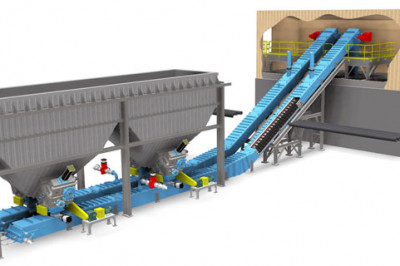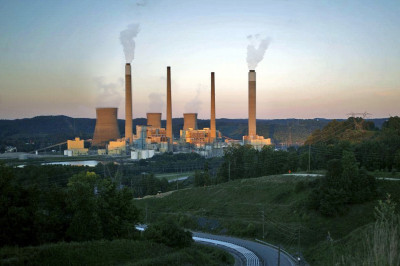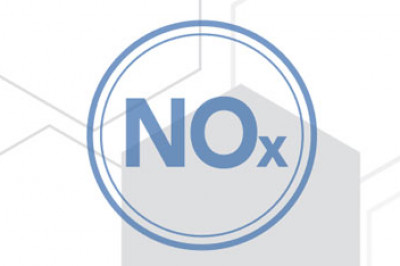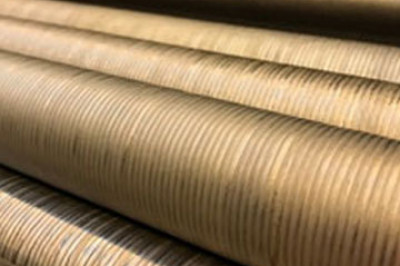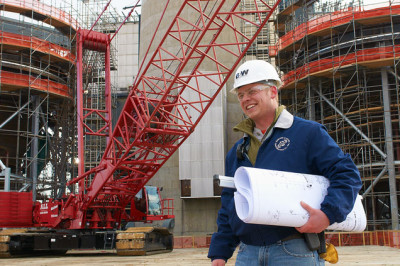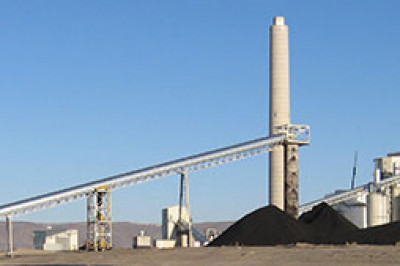Search Results
Ash Handling Terminology and Primer
Bottom ash is most commonly conveyed in a hydraulic system in which the ash is entrained in a high flow, circulating water system and delivered to either an ash pond or to a remote dewatering device. Alternatively, mechanical drag systems have been used to convey bottom ash to the dewatering storage bin because they use less water and usually have a lower initial cost.
View Web PageNumerical Modeling in Power Plant Applications - An Overview
Continuous and steady advances in computer technology have changed the way engineering design and analyses are performed. These advances allow engineers to manage larger-scale problems and more complex systems, or to look in more detail at a specific process. Using advanced computer technology to perform engineering analysis, numerical modeling has emerged as an important field in engineering.
View Web PageNitrogen Oxides (NOx) Primer
SNCR typically is limited to lower NOx reduction levels but may be the more economical choice depending on the required NOx reduction or the unique project requirements. Both technologies have been successfully applied for NOx reduction on multiple fuels and boiler types.
View Web PageEffect of Operating Variables on Fuel Ash Corrosion in Boilers
Sootblowers are the primary means of dealing directly with furnace wall slagging and convection pass fouling. The most important fundamental requirement is to use this equipment in a preventive, rather than corrective, manner. Sootblowers are most effective in controlling dry, loosely bonded deposits that typically occur in the early stages of deposition.
View Web PageThe Importance of Construction Technology
Technological advances including computer-aided design, global positioning systems, laser scanning systems, and more powerful lift cranes have enabled construction engineers and technicians to support supervision by refining the planning process and expediting the work in the field.
View Web PagePart II - General bid evaluation
A thorough review must consider whether the supplier has offered the intended scope, and any exceptions to the specification must be evaluated. Bid evaluation generally includes a review of scope, operating ease, maintenance and operating costs, service, design features and hardware, construction features, schedule, project management and project team expertise, experience, commercial terms, and price.
View Web PageConstruction Planning and Scheduling
Typical participants include the project manager, scheduler/planner, project superintendent(s), construction engineer(s), and other contributors as selected by the project manager. The basis for this planning session is the scope of work as originally defined and estimated, and the existing conditions of the construction site.
Boiler Operations That Affect Efficiency (Part 2)
Adjustments can typically vary the turbulence and flow rates in burners. Increased turbulence increases the air-fuel mixing. It also increases the combustion intensity, provides faster heat release, reduces unburned carbon (UBC) in the ash, permits operation with less excess air, and increases boiler efficiency.
View Web Page